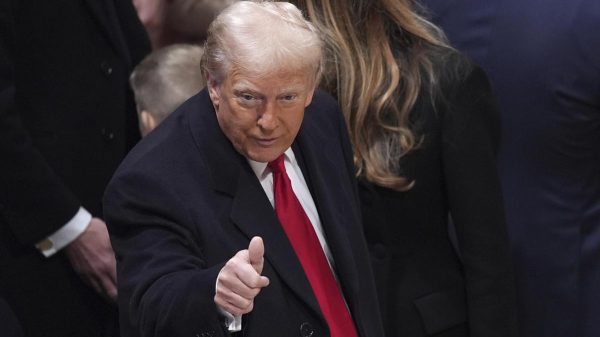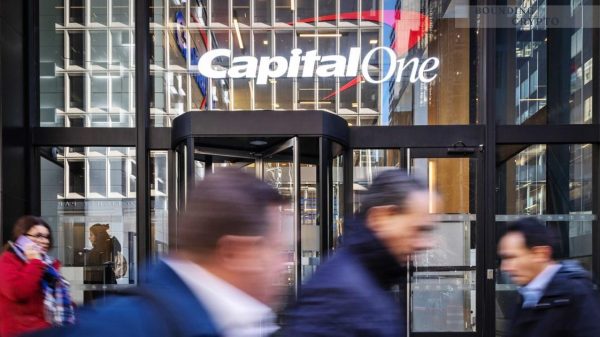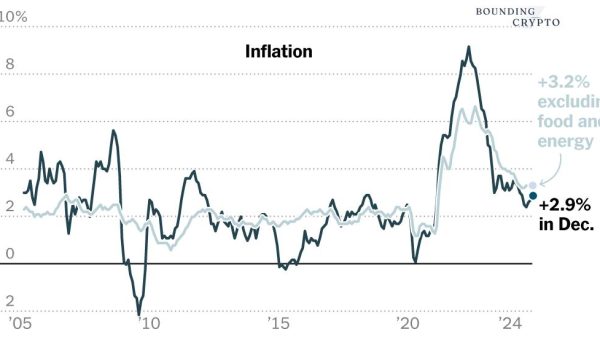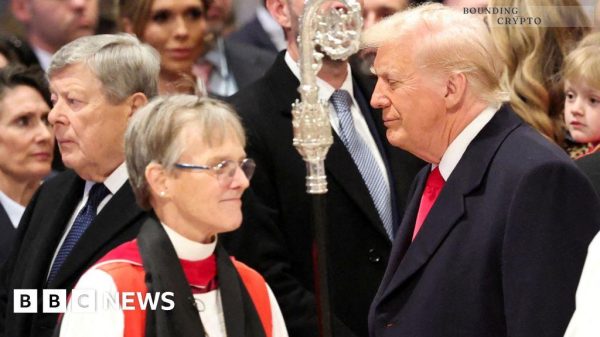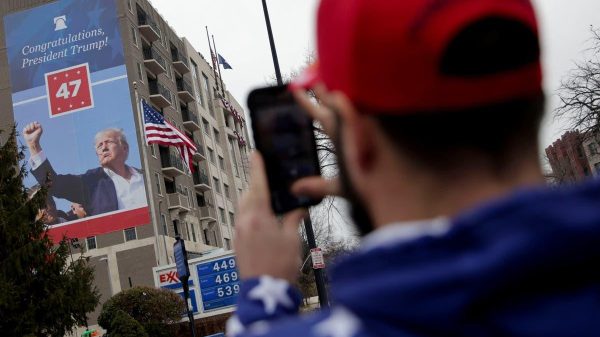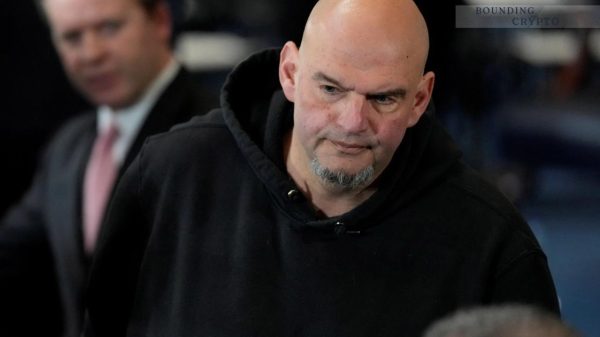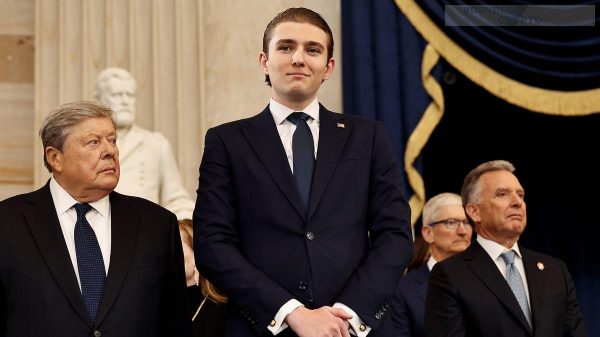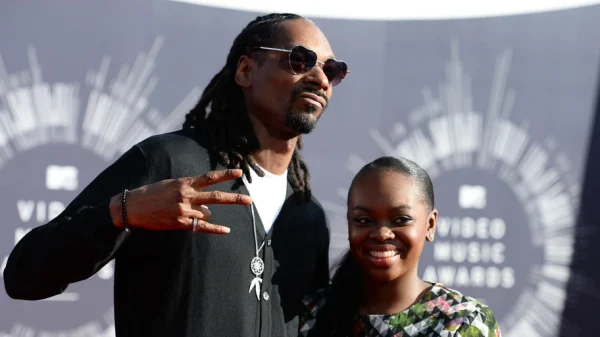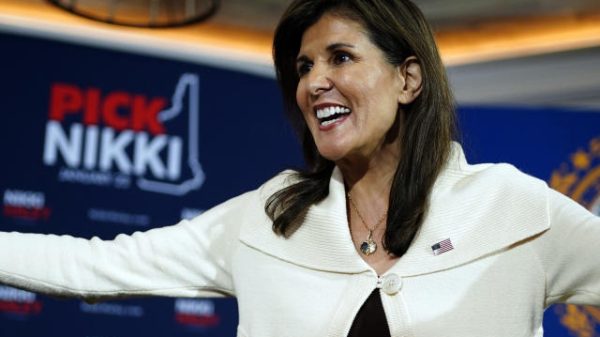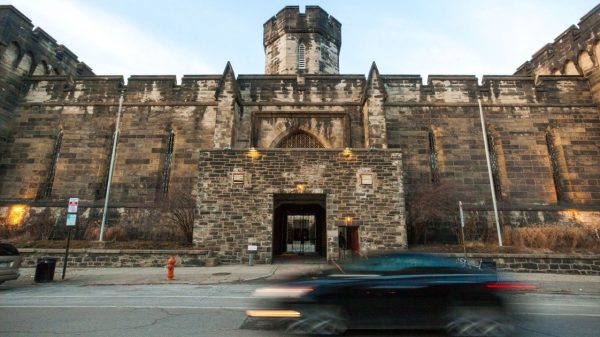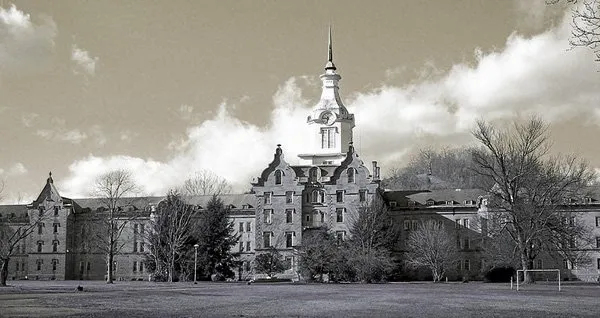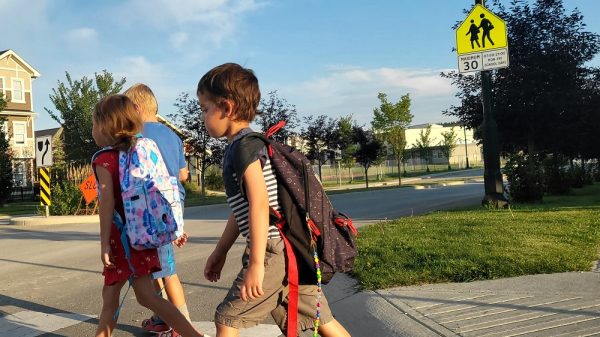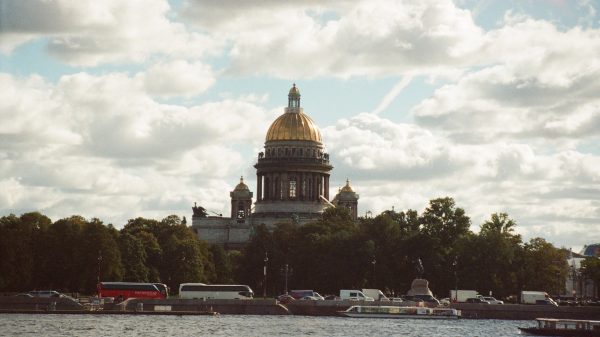2nd Avenue subway expansion gets $3.4B kick-start.
NEW YORK — The long-dormant second phase of the Second Avenue subway project in Manhattan is getting a kick-start from the Biden administration and Transportation Secretary Pete Buttigieg on Saturday.
Q trains currently run as far north as 96th Street. But in about eight years, with the federal government’s help, they will haul riders up to East Harlem , according to the MTA .
The subway expansion is expected to benefit more than 100,000 riders daily once it’s finished.
“It’s going towards a public transit project serving neighborhoods that have been neglected for years,” said Sen. Chuck Schumer . “Ensuring East Harlem has greater access to jobs, health care and other essential services.”
This weekend, the Biden administration is handing over $3.4 billion to begin phase two and eventually bring riders to 106th Street, 116th Street and a new terminal at 125th Street, with connections to 4, 5, and 6 trains, and Metro-North .
“This is uptown Grand Central,” Congressman Adriano Espaillat said.
The federal grant agreement was officially signed into place Saturday.
“It has been not good enough for too long. We’re changing that,” Buttigieg said. “This isn’t talk anymore. This is real funding and real results.”
Renderings of the new ADA accessible stations show high ceilings, glass entranceways and bright lighting.
East Harlem has been a subway desert ever since the Second Avenue El stopped service above 57th Street in 1940, according to the MTA.
“Finally, it’s a day of reckoning. Finally, people recognize that this is a community that matters,” Gov. Kathy Hochul said.
Subway riders Saturday were quick to point out Harlem’s current transit flaws.
“It’s very limited in access. It’s very inconvenient. I could see daily riders not getting to where they want to go,” Harlem resident Michael Gutierrez said. “Twenty minutes late, 15 minutes late.”

With this extension, the MTA promises it could shorten commutes by up to 20 minutes for hundreds of thousands of daily riders, aiming to create what’s now an open space into a long-awaited transit hub for East Harlem.
“It would be cleaner, there will be more light and more places for people to sit. It’s obviously just gonna make it easier and less stressful,” Lenox Hill resident Aleah Floyd said.
“Get more faces in here and, like, I guess, like, tourists in here and stuff like that,” Harlem resident Anthony Vega said.
The Second Avenue expansion will also provide relief on the Lexington Avenue line.
Phase Two is expected to take about eight years to complete, and it’s still too early to determine exactly how many phases the project will have overall.


